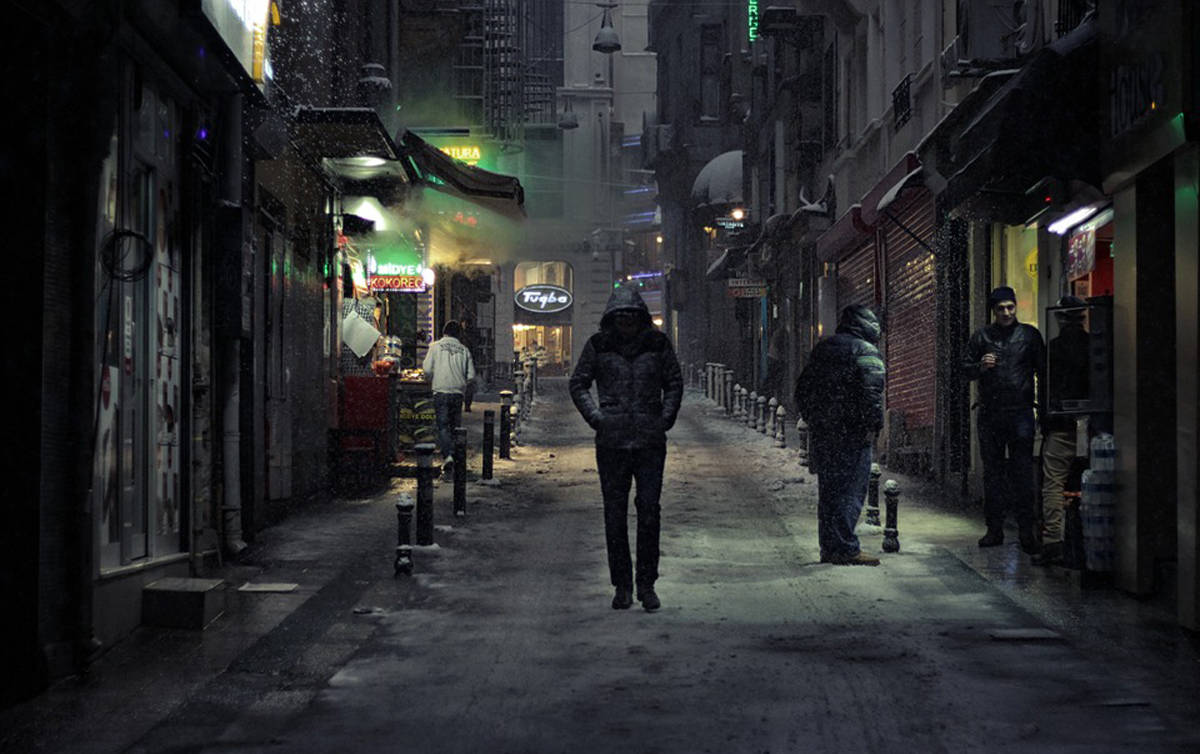 How many times have you heard the phrase “stranger danger?” There’s a good likelihood you’ve heard it plenty, and chances are you’ve passed the concept along to your own children and other young people in your life. It is, after all, a clever phrase intended to help protect children. But time and experience is teaching us that this concept needs a reboot.
How many times have you heard the phrase “stranger danger?” There’s a good likelihood you’ve heard it plenty, and chances are you’ve passed the concept along to your own children and other young people in your life. It is, after all, a clever phrase intended to help protect children. But time and experience is teaching us that this concept needs a reboot.
According to the Bureau of Justice Statics’ National Crime Victimization Survey, 93 percent of childhood sexual abuse victims know their abuser. The same holds true for sexual assault victims: Seven out of 10 rapes are committed by someone the victim knows, according to the survey. Three decades of teaching “stranger danger,” while well intended, have not reduced the risk to children or empowered them to identify and respond to threatening situations. In fact, focusing on strangers has ultimately put children at greater risk of silently enduring abuse by someone they know and trust. If the abuse is not at the hands of a stranger, kids are less likely to call it abuse. It’s time to rethink prevention and empower our kids with even better information to strengthen their arsenal against potential perpetrators.
Prevention experts have been talking a lot recently about the need to move beyond the stranger danger concept. Besides the fact that most child victims are abused by someone they know, there may indeed be times when children need to reach out to strangers for help. Rather than perpetuate the idea that strangers are mean and scary and to be avoided, we need to help kids understand the difference between safe people and “tricky people.” Pattie Fitzgerald, founder of Safely Ever After and an educator on child predator safety awareness, came up with the “tricky people” concept, which essentially says to stop teaching children not to talk to strangers and instead teach them which types of strangers are safe. There are lots of great tips on her website, and we encourage you to check them out. One in particular that caught our eye says, “Remind your children: safe grownups don’t ask kids for help.”
Mommy-blogger Jodie Norton put this concept into real life context in a blog post last spring. Jodie left her two young sons, ages 10 and 8, alone on a bench outside of the hospital in their small Texas town when she rushed in to seek treatment in the ER department. She thought a neighbor was picking them up in five minutes to take them to school, but unbeknownst to her, the neighbor didn’t arrive until almost 40 minutes later. In the meantime, three strangers, an adult woman and two males, approached her children and asked the boys to “help them by going into the bathroom where her boyfriend was hiding from the doctor and see if they could convince him to come out and get treated.” The older brother replied, “no, thank you” but the threesome kept after them saying, “Please. You could really save his life if you’d just go in that bathroom and tell him it’s safe to come out.” Three times they asked, and three times the boys answered “no, thank you.” When the neighbor finally arrived to pick them up, they jumped in his car, but before they drove away, they saw an adult male come out of the ER, get in the car with the persistent threesome and drive off.
Jodie didn’t learn the whole story until her boys came home from school that day. During their discussion, she heard her son repeat a family “stay safe” rule that literally helped them stay safe. The rule? Safe adults don’t ask kids for help, they ask other adults. Yes, in this situation the questionable adults were legitimate strangers. But if Jodie had never had the conversation with her children about safe adults, strangers or not, those boys might have complied with the strangers’ requests, leading to a completely different and ugly outcome.
Strangers are not the only tricky people who will show up in the lives of children and teens. Remember, 93 percent of child sex abuse victims know their abusers. We need to make diligent efforts to help kids learn how to differentiate between safe and unsafe people, especially when it comes to people they already know, because seemingly safe people may actually be “tricky.” Remind your children that it is absolutely okay to say “no” when feeling unsafe, even with someone they know. Don’t force them to hug or kiss others. Reinforce their bodily autonomy, and believe them if they tell you something is amiss.
This spring, DOVE Center’s prevention specialist spent dozens of hours in intermediate, middle, and high school classrooms throughout the school district. She was talking with students about healthy relationships, warning signs of abuse, and how to get help if you’re being abused, including sexual assault. In each classroom, students were given the opportunity to ask anonymous questions, and without exception there were questions seeking clarity on abuse, sexual assault, and rape. Students asked questions, such as “It’s not rape if you’re related, right?” “When is it okay to report sexual assault if you’re still dating the person?” and “What counts as sexual assault?” There were questions about family abuse, friend abuse, and dating-partner abuse. These kids anonymously disclosed incidents of family violence, sexual assault, and stalking. They are hungry for information, understanding, and safety, and we can’t help but think they would be having a different, more positive and healthy experience if conversations about safety and personal boundaries were ongoing at home.
We understand these conversations are not easy to have. But please have them anyway. And if you can’t find the answers you seek, please reach out. At DOVE Center, we are committed to reducing incidents of abuse through prevention education and we invite parents, youth leaders, coaches, and everyone else to join us in this effort. Together, we can create a brighter future for the children in our community.
Articles related to “Stranger Danger? Not so much.”
Changing our culture by teaching children about domestic violence and sexual assault



